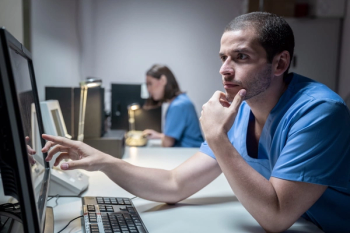
50 Years of CT: Then, Now, and What’s to Come
Diagnostic Imaging sat down with medical physicist and CT expert Cynthia H. McCollough, PhD, to learn more about the history of CT and its expanding potential in medical imaging.
Despite what has already been an illustrious career in health care, now is not the time to sleep on
Withstanding the test of time and new technology, CT has also weathered bouts of criticism over the years. Although questions about overuse and radiation dose exposure have at times hindered its role, the risk/benefit ratio conversation nearly always tips towards the benefits of the modality, with its ability to quickly answer questions that might otherwise lead providers and patients down a road filled with a multitude of less specific—and so-called less ‘risky’—tests.
To help address some of these questions and improve education around dose, the American Association of Physicists in Medicine (AAPM) in 2010 formed the
To learn more about the history of CT and how to optimize its current use, Diagnostic Imaging spoke with Cynthia H. McCollough, PhD, Brooks-Hollern Professor and professor of medical physics and biomedical engineering at Mayo Clinic. McCollough, who is also director, CT Clinical Innovation Center and X-ray Imaging Core, discussed how CT is currently utilized and highlighted the many ways we can optimize its use in different clinical scenarios, especially when taking into account the technology that allows us to personalize the experience for each patient.
In further commemoration of the anniversary, McCollough helped to put together an online gallery through the AAPM that illustrates the amazing history of CT. View the gallery
Newsletter
Stay at the forefront of radiology with the Diagnostic Imaging newsletter, delivering the latest news, clinical insights, and imaging advancements for today’s radiologists.




























